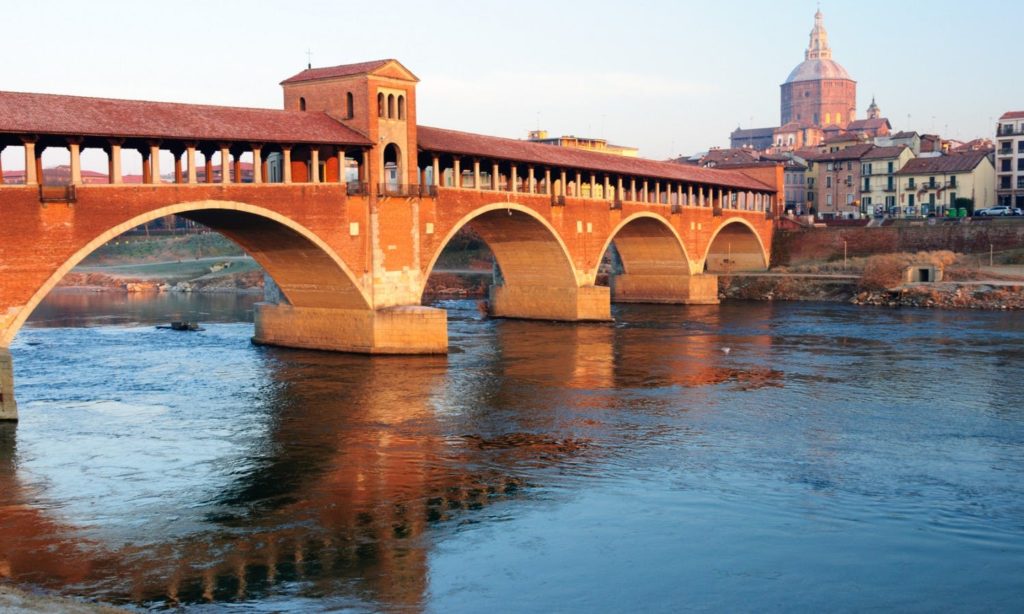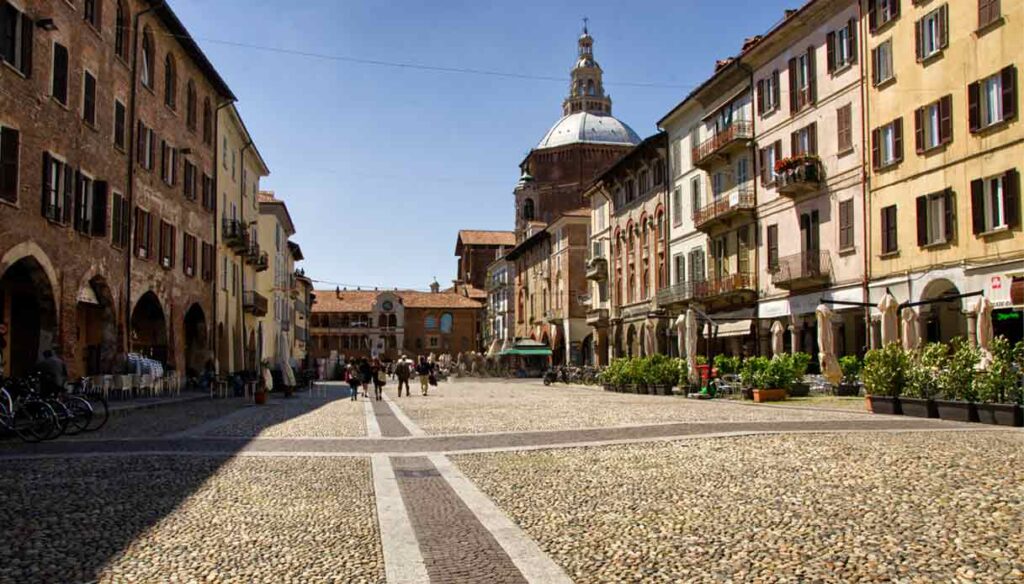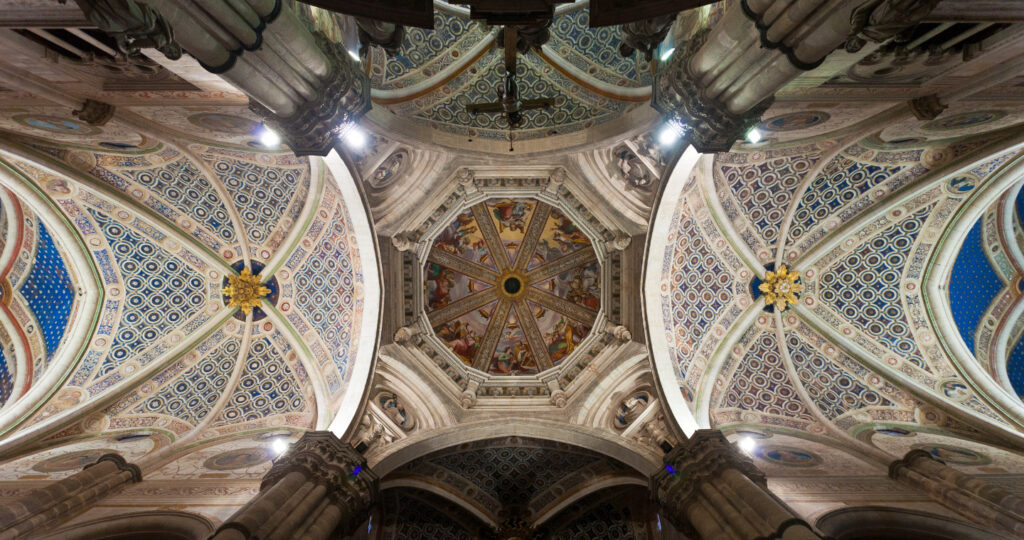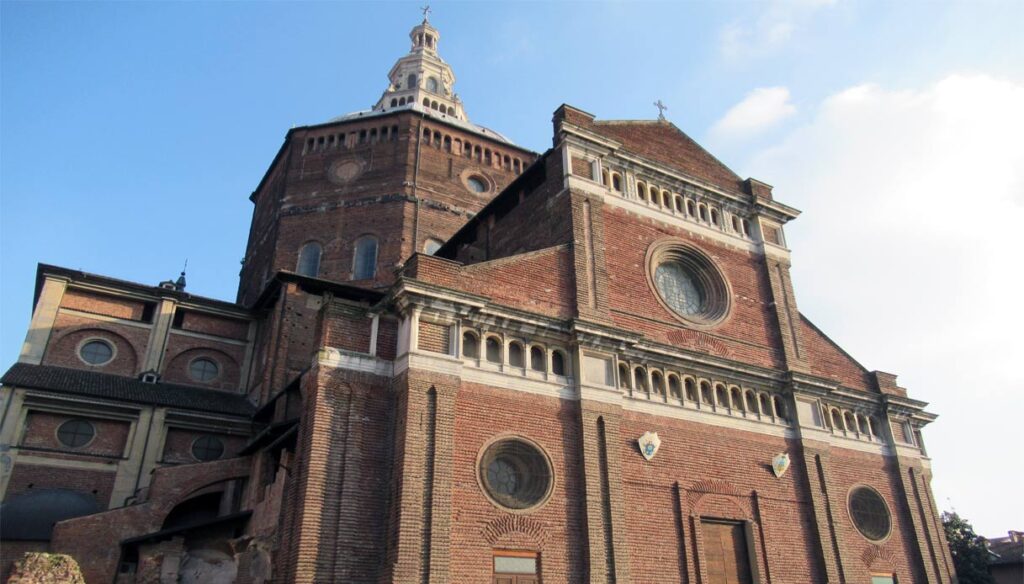HISTORY OF PAVIA
Pavia is a city located in the Lombardy region of northern Italy. It has a rich history that dates back to ancient times.
Pavia was founded by the Romans in the 3rd century BC and was initially called “Ticinum.” It served as an important Roman military outpost and was strategically positioned at the confluence of the Ticino and Po rivers.
During the Roman Empire, Pavia flourished and became a thriving center of trade and commerce. It was also known for its impressive architecture, including the construction of the Basilica of San Michele Maggiore, a stunning example of Lombard Romanesque architecture.
In the 6th century, Pavia became the capital of the Lombard Kingdom. The Lombards were a Germanic people who established their rule over northern Italy. Pavia’s role as the Lombard capital brought prosperity and cultural growth to the city.
One of the most significant events in Pavia’s history occurred in 774 when Charlemagne, the King of the Franks, conquered the Lombard Kingdom. Pavia became an important center of the Carolingian Empire and continued to thrive under Charlemagne’s rule.
During the Middle Ages, Pavia experienced a period of conflict and power struggles among various factions. The city changed hands several times between different ruling families, including the Visconti and the Sforza.
In the 15th century, Pavia fell under the control of the Duchy of Milan, which was ruled by the powerful Visconti and later the Sforza family. The Sforza rulers made significant contributions to the city, including the construction of the magnificent Certosa di Pavia, a Carthusian monastery considered a masterpiece of Renaissance architecture.
Pavia’s university, the University of Pavia, was founded in 1361 and became one of the oldest universities in Italy. It attracted scholars and students from across Europe, contributing to Pavia’s intellectual and cultural prestige.
In the 16th century, Pavia faced a decline in its fortunes due to wars and conflicts in the region. The city was sacked by French troops in 1527, causing extensive damage and loss of population.
Over the centuries, Pavia went through various periods of occupation and rule by different powers, including the Spanish, the Austrians, and the French during the Napoleonic era.
In more recent history, Pavia played a significant role in the Italian unification movement in the 19th century. The city actively participated in the Risorgimento, the political and social process that led to the unification of Italy in 1861.
Today, Pavia is a vibrant city that blends its rich historical heritage with modernity. It is known for its prestigious university, its beautiful architecture, and its picturesque location along the Ticino River. Visitors to Pavia can explore its historic center, visit its renowned monuments and museums, and experience the unique charm of this ancient city.






The three towers

The Three Towers of Pavia are historical landmarks in the city of Pavia, Italy. They include the Torre Civica, the tallest and most prominent tower located in the Visconti Castle, which served as a symbol of civic power and defense. The Torre del Broletto, part of the Palazzo del Broletto complex, represented political and administrative authority. The Torre della Fame, the smallest tower, had a cylindrical shape and became known for a tragic event during a famine in the 14th century. These towers are significant remnants of Pavia’s medieval history, showcasing its architectural and cultural heritage. They attract visitors interested in exploring the city’s past.
Certosa di Pavia

The Certosa di Pavia, a monastery near Pavia, Italy, was founded in 1396 as a grand mausoleum by Gian Galeazzo Visconti. Its construction spanned centuries and showcases a blend of Gothic, Renaissance, and Baroque styles. The monastery features an elaborate façade, intricate frescoes, and marble sculptures. It served as a retreat for Carthusian monks and a center of learning and art patronage. Today, the Certosa di Pavia stands as a remarkable example of Italian Renaissance architecture and attracts visitors worldwide.
Ponte coperto

The Covered Bridge of Pavia, also known as “Ponte Coperto” in Italian, is a historic bridge located in Pavia, Italy. It was originally built in the 14th century as a defensive structure, serving as a connection between the city center and the Visconti Castle. The bridge spans the Ticino River and played a strategic role in protecting the city from invasions. Over the centuries, it underwent various reconstructions and modifications. During World War II, the bridge was partially destroyed but was later restored to its original design. Today, the Covered Bridge is an iconic symbol of Pavia’s history and architectural heritage. It offers a picturesque view of the river and stands as a testament to the city’s resilience and historical significance.
Pavia Cathedral

The Cathedral of Pavia, also known as the Duomo di Pavia, has a rich history spanning centuries. Construction of the cathedral began in the 15th century, under the patronage of the Visconti and Sforza families. It features a mix of architectural styles, including Gothic, Renaissance, and Romanesque elements. The cathedral’s magnificent façade is adorned with intricate sculptures and decorative details. Throughout its history, the Duomo di Pavia underwent renovations and additions, including the completion of the dome in the 19th century. The cathedral houses significant artworks and treasures, such as the tomb of St. Augustine. It stands as a testament to Pavia’s religious and artistic heritage, attracting visitors with its grandeur and historical significance.
